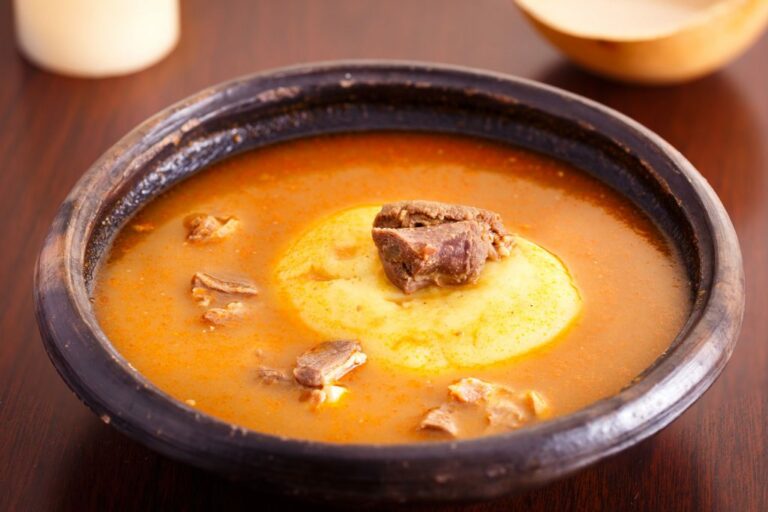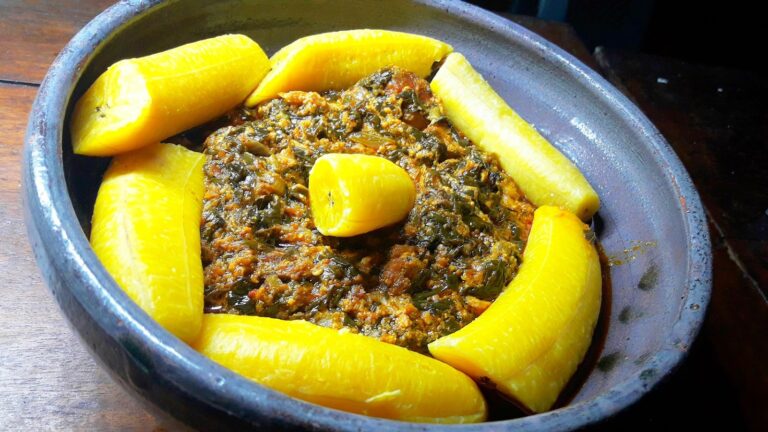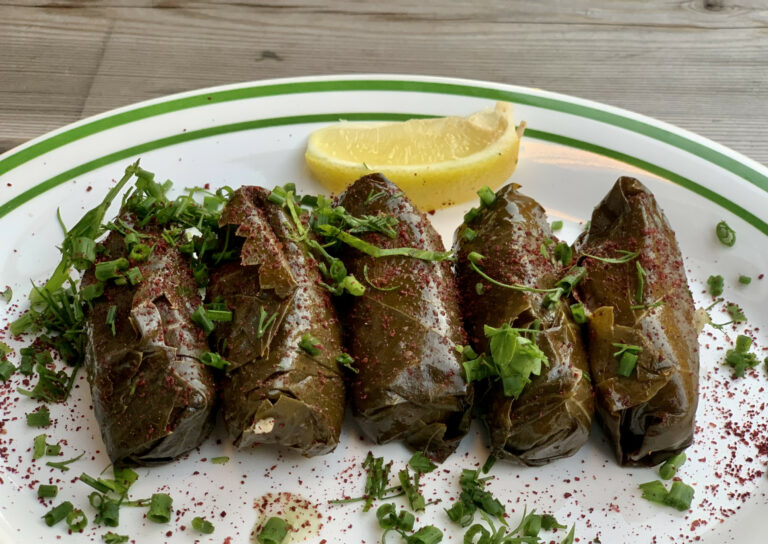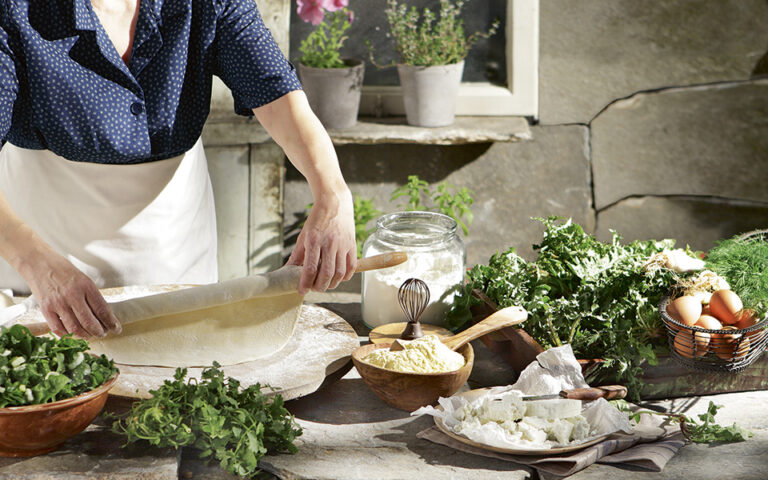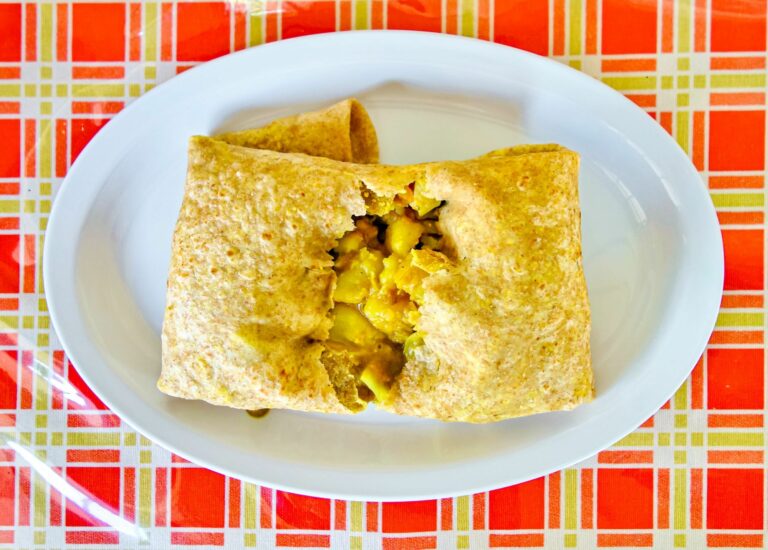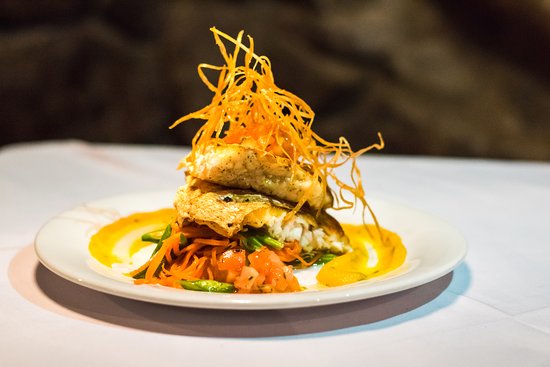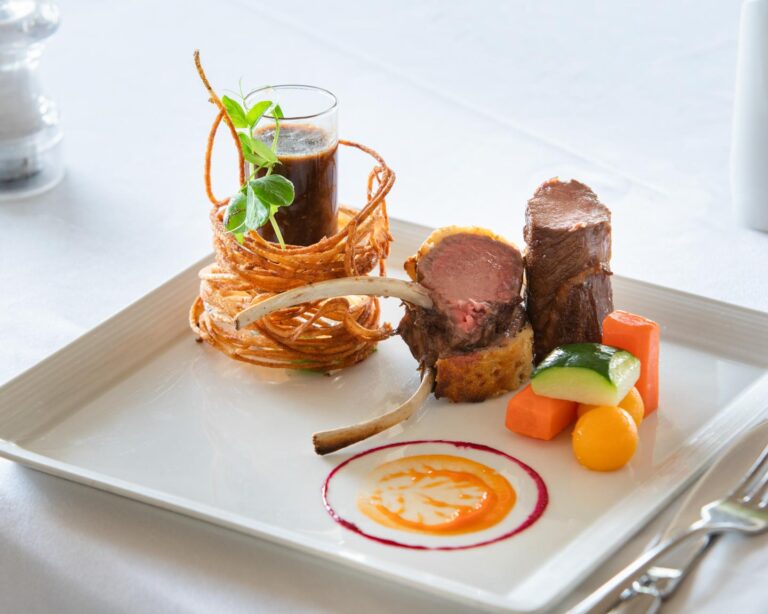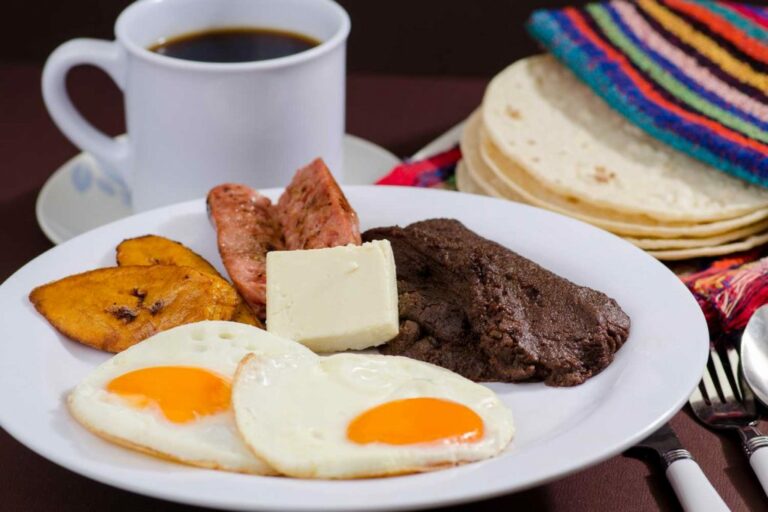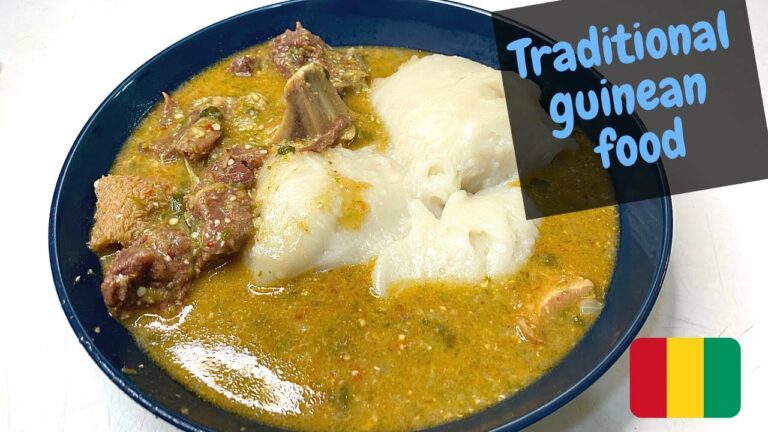Introduction: Ghanaian Cuisine Overview
Ghanaian cuisine is a tapestry of flavors and textures that reflect the country’s diverse cultural heritage. The cuisine is heavily influenced by the different regions, tribes, and ethnic groups that make up the country. Ghanaian cuisine is characterized by its bold, aromatic, and spicy flavors, making it one of the most flavorful cuisines in West Africa.
Staple foods in Ghanaian cuisine include a variety of starchy vegetables, legumes, and grains. These are usually served with a variety of sauces, soups, and stews made with meat, fish, or vegetables. Ghanaian cuisine also features a lot of spices and seasonings, which give the food its unique taste and aroma.
Cassava: The Base of Many Ghanaian Dishes
Cassava is a staple food in Ghanaian cuisine and is used as the base for many dishes. Cassava is a starchy root vegetable that is similar to potatoes. It is very versatile and can be used in a variety of ways, including boiled, fried, mashed, or roasted. Cassava is also used to make fufu, a starchy dough that is used as a side dish to accompany soups and stews.
Cassava is an important crop in Ghana, and it is grown in many regions of the country. It is a source of carbohydrates and is a good source of energy. Cassava is also rich in vitamin C, thiamine, and dietary fiber. The leaves of the cassava plant are also used in cooking and are a good source of protein and vitamins.
Plantains: The Sweet and Savory Staple
Plantains are another staple food in Ghanaian cuisine. They are a type of banana that is larger and firmer than the common banana. Plantains are used in a variety of ways in Ghanaian cuisine, including fried, boiled, mashed, or grilled. Plantains are also used to make fufu, a starchy dough that is used as a side dish to accompany soups and stews.
Plantains are a good source of carbohydrates, dietary fiber, and vitamins. They are also rich in potassium, which is important for maintaining healthy blood pressure levels. Plantains can be used in savory dishes, such as stews and soups, or in sweet dishes, such as plantain cakes and fritters.
Peanuts and Groundnut: A Versatile Addition
Peanuts, also known as groundnuts, are a popular ingredient in Ghanaian cuisine. They are used to make a variety of sauces and soups, and are also used as a topping for stews and vegetable dishes. Peanuts are also used to make peanut butter, which is a popular ingredient in Ghanaian cuisine.
Peanuts are a good source of protein, dietary fiber, and vitamins. They are also rich in healthy fats, which are important for maintaining a healthy diet. Peanuts are a versatile ingredient and can be used in a variety of dishes, making them a staple in Ghanaian cuisine.
Spices and Seasonings: Flavors that Define Ghanaian Cuisine
Spices and seasonings are a defining characteristic of Ghanaian cuisine. They are used to give the food its unique taste and aroma. Some of the most commonly used spices and seasonings in Ghanaian cuisine include ginger, garlic, chili powder, smoked fish, and palm oil.
Ginger is used to add a spicy, warm flavor to dishes, while garlic adds a pungent flavor. Chili powder is used to add heat to dishes, while smoked fish and palm oil are used to add a smoky, rich flavor. Spices and seasonings are used to balance the flavors in Ghanaian cuisine, creating a unique and complex taste that is hard to replicate.

